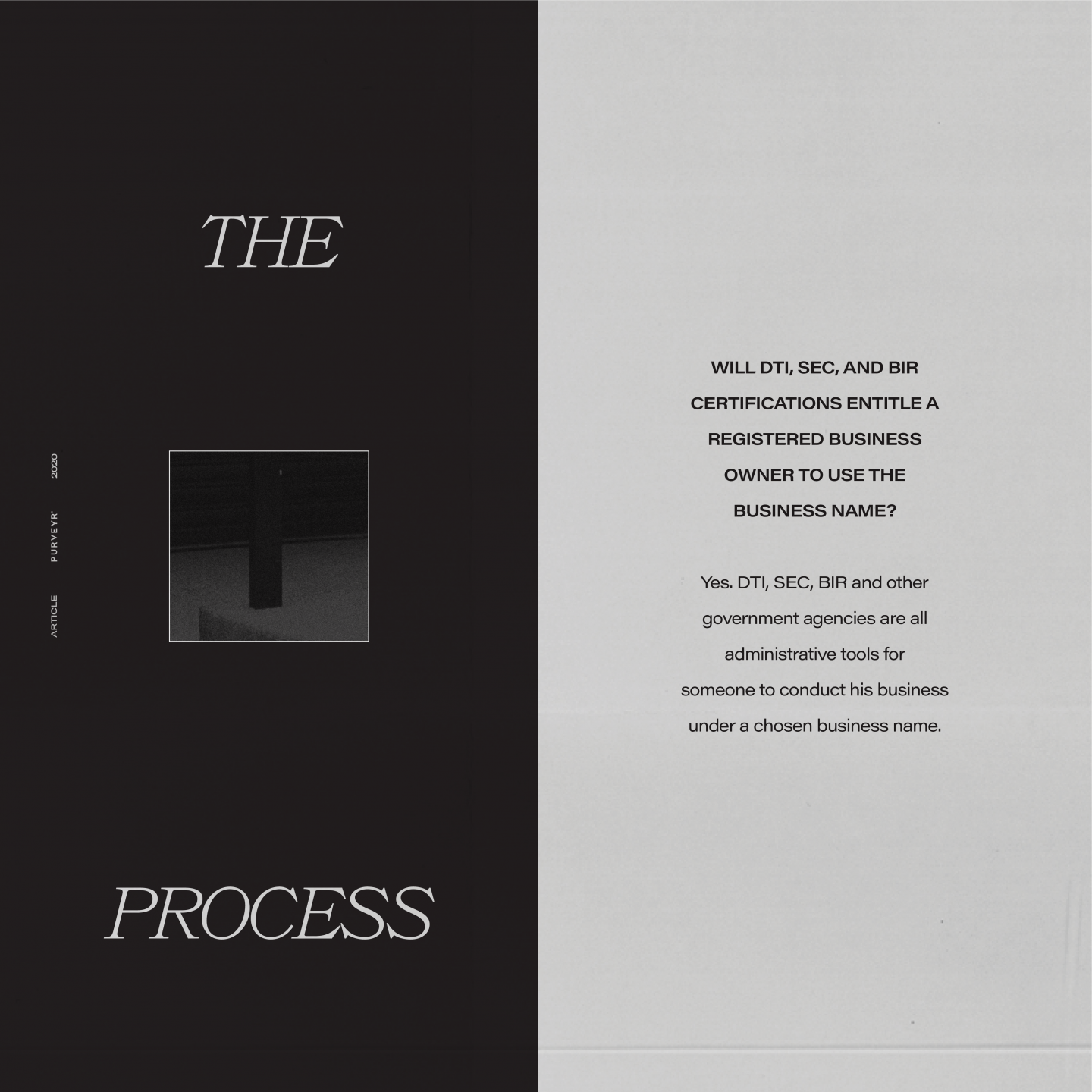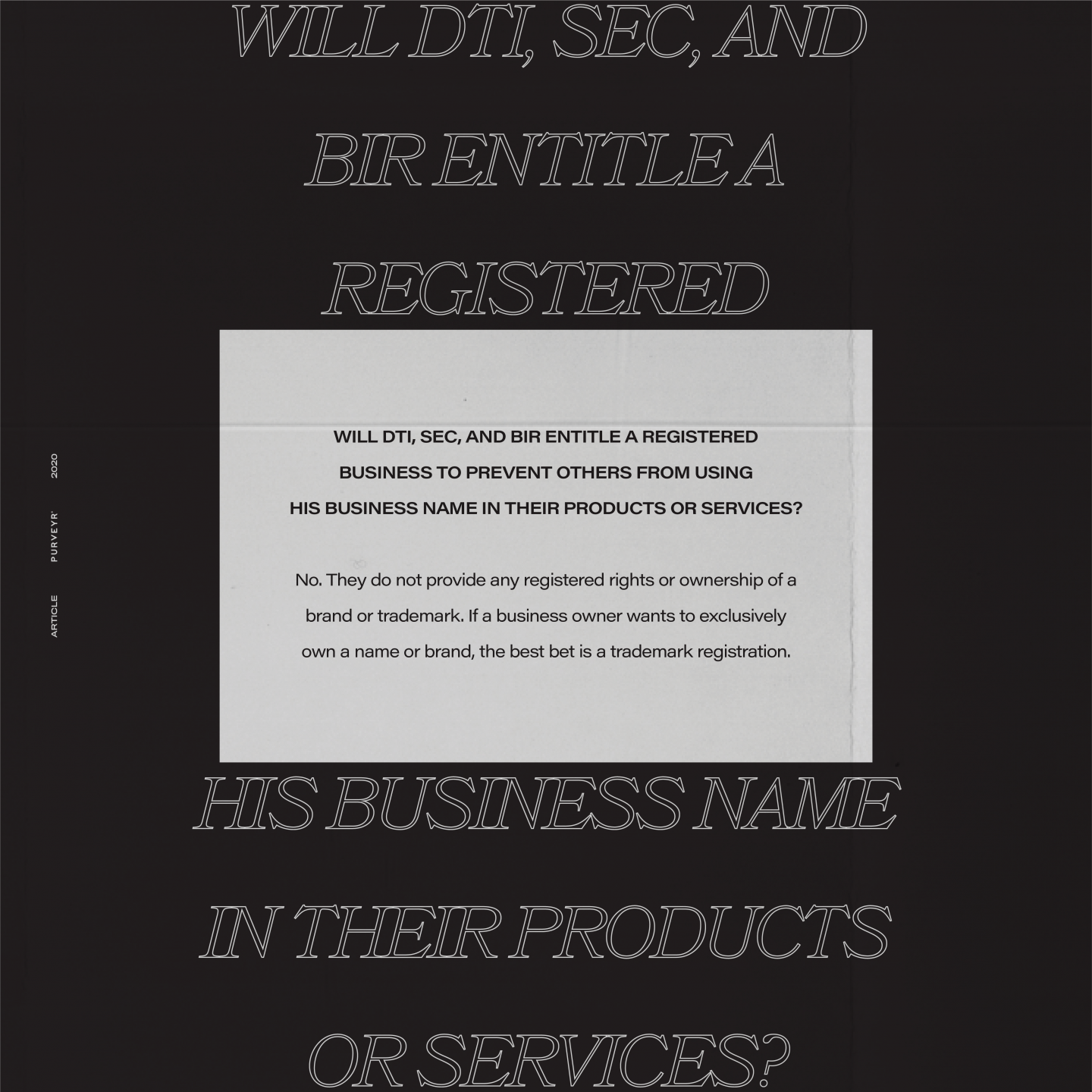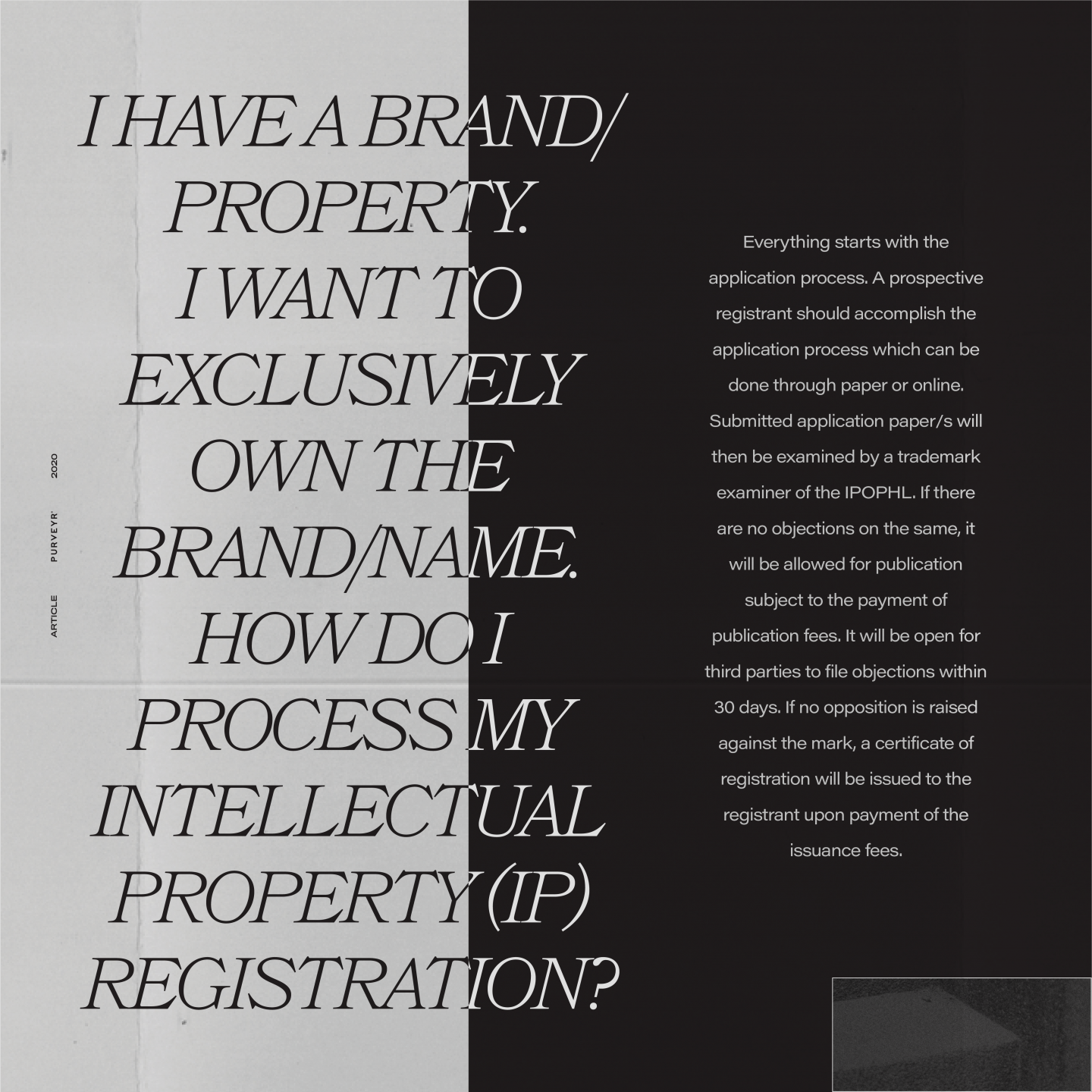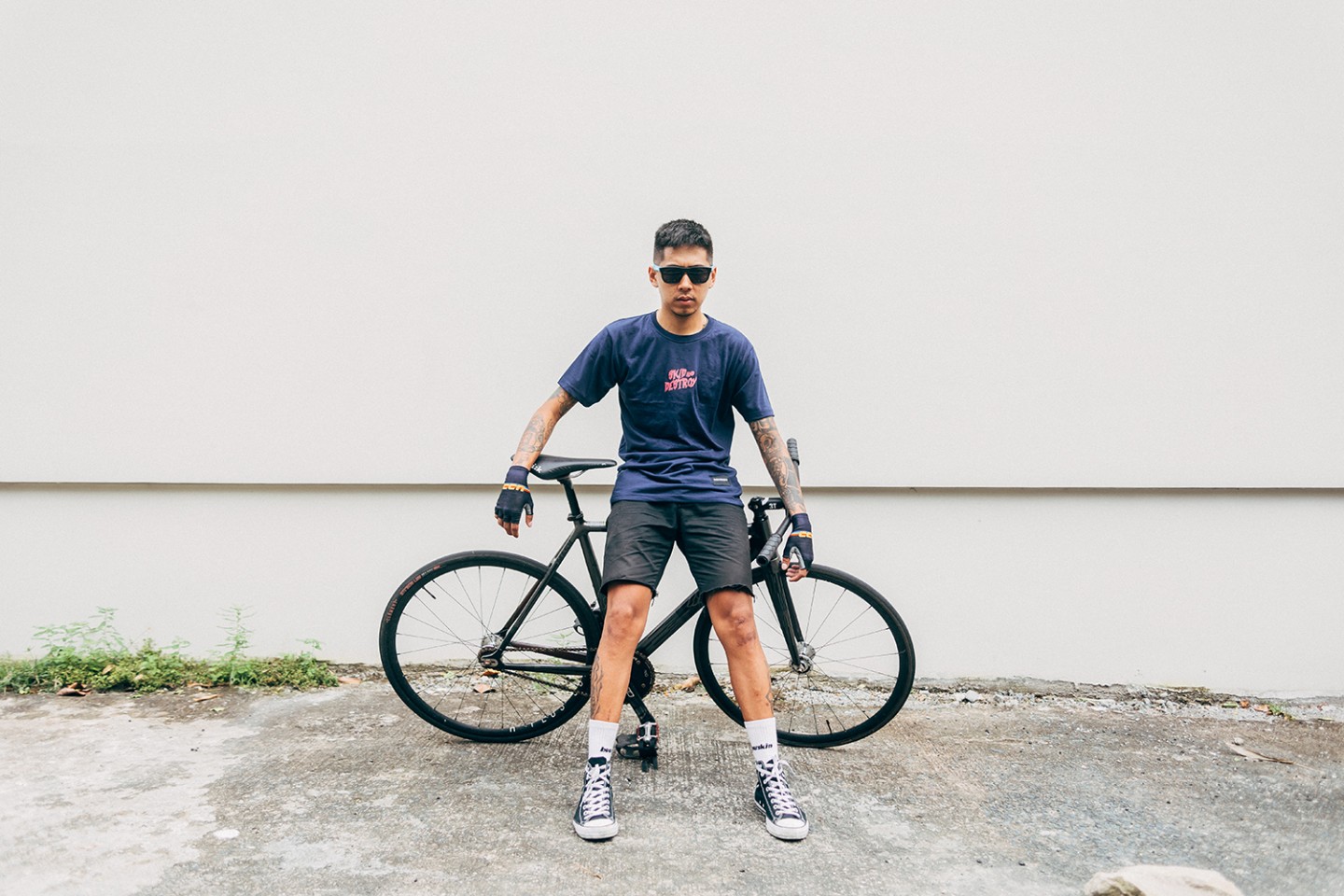
We are in an age where there is an unprecedented flow of free information. The Internet has indeed opened a whole new world for creatives, co-creators, and content consumers. No longer was there a need to be invited in a gallery or a showcase to have your work “out there.” Now, one just simply need to make a few taps on your phone or your laptop, and your work can be out there in the prying eyes of the public in a matter of seconds. With this freedom that gave rise to the generation of creators, how do we protect the group of people who lives to create and creates to live — our creative professionals?
We had an opportunity to learn from Arjel de Guzman, founder and director of OPTMARKS, a Manila-based consultancy office committed to protecting Intellectual Property (IP) assets. Arjel shared with us the most relevant components of Intellectual Property (IP) Code, a very important yet not commonly-known definition of rights for creators and artists alike. “The basic rule is, if you do not create the content you are using or sharing, it is very likely that you are violating copyright laws,” Arjel said.
Why is understanding the Intellectual Property Code important? It goes both ways — it’s beneficial for both creators and content consumers. The IP Code defines the rights which IP right holders are entitled of. These include rights of brand owners with respect to their trademarks and the rights of an artist with respect to his/her copyrighted work. The law values the fact that being intangible properties, these rights are susceptible to intrusions and violation and therefore should be protected. The IP Code also provides remedies and actions which IP right holders can avail to protect their IP assets.
In this age of free information, the notion is that if it’s online, it’s part of the public domain. As content consumers, it is convenient to assume that anything we find on the internet is free for anyone to use. According to Arjel, assets with trademark or copyright are protected in whatever manner they are manifested, while the IP Code does not deal directly with digital platforms, it can be made generally applicable on the digital sphere.
Starting off with the basics, Arjel differentiated copyright and trademark. Although both contain terms of protection for rightful owners or creators, the two terms have their differences. According to Arjel, “The author of a copyrighted work enjoys two basic rights under laws, namely: economic rights and moral rights.” Economic rights entitle the author to profit from this and control the use of it, while moral rights acknowledge the author’s connection with his/her copyrighted work.
“Trademark protects mostly signs and names identifying a business as the source of goods and services,” Arjel added. Copyright protection is valid upon creation of work, while trademark protection is valid upon registration. Copyrighted works are protected from the moment of creation, valid for the creator’s lifetime and fifty years thereafter, while trademarks are only protected upon registration, valid for 10 years and may be renewed afterwards.
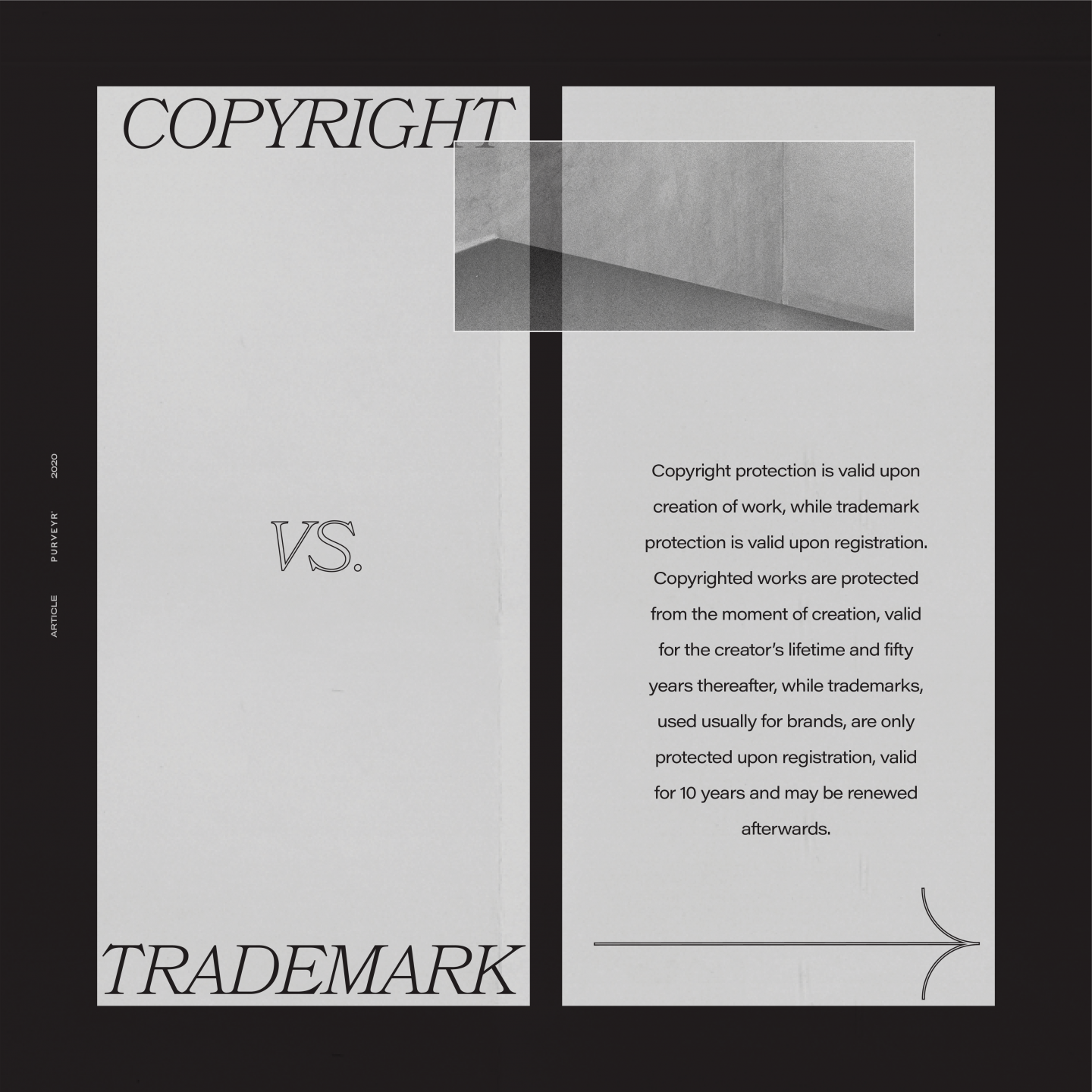
For creators, there is technically no “need” to indicate that a work is copyrighted when you post them online. By operation of law, the moment such works are created they are already protected and the author is already entitled to its copyright. However, by practice, a notice that such work are copyright protected is advisable because not everyone is aware by the fact that copyright entitles protection from the moment of the work’s creation.
The Intellectual Property Code of the Philippines (R.A 8293) has found a new level of relevance in the advent of internet and social media. The IP Code is becoming pervasive now more than ever, exposing the content-consuming public to numerous number of trademarks and copyrighted content on a daily basis. Consumers of intangible properties are reminded to pay the industry inventors and creators the respect and recognition they deserve. Audience are called to exercise caution by always keeping two basic principles in mind: consent and attribution. Use copyrighted works only after obtaining proper consent from creator. If consent is not enough, proper attribution should come after consent to use.
According to OPTMARKS’ survey of local companies in the country, there are still household brand names who have not registered their trademarks — SMEs and established brands included. Awareness about IP laws in the country is indeed lagging behind the international trend, but Arjel can attest to the country’s promising direction.
The IP code made way for the establishment of a governing body that oversees IP rights in the Philippines — the Intellectual Property Office of the Philippines (IPOPHL). The said government authority is also in charge of recording all IP registrations in the country. To complement the role of IPOPHL, the Philippines now has the National Committee on Intellectual Property Rights (NCIPR) which is an inter-agency body consisting of the IPOPHL, DTI, DOJ, NBI, PNP, DILG, BOC, FDA, OMB, NTC, National Book Development Board, and Office of the Special Envoy on Transnational Crimes. The NCIPR formulates policies and plans relative to the protection and enforcement of IP rights in the Philippines.


